On May 4th, I had the opportunity to attend an event at Mt. Wilson Observatory celebrating the 100th anniversary of the official opening (first light was in 1917) of the 100-inch (2.54 meter) Hooker Telescope. Sponsored by the Institute for Student Astronomical Research (InSTAR) and PlaneWave Instruments, it was a afternoon through evening event that allowed us to get close to this historic observatory. The event included a full tour of the observatory, several informative presentations, dinner, and then viewing through the 100-inch telescope.
We arrived around noon, and broke into two tour groups to visit the telescopes. We started off from the Museum and headed past the 150′ Solar Tower toward the 60″ telescope. (Click on a picture for a full-sized version.)
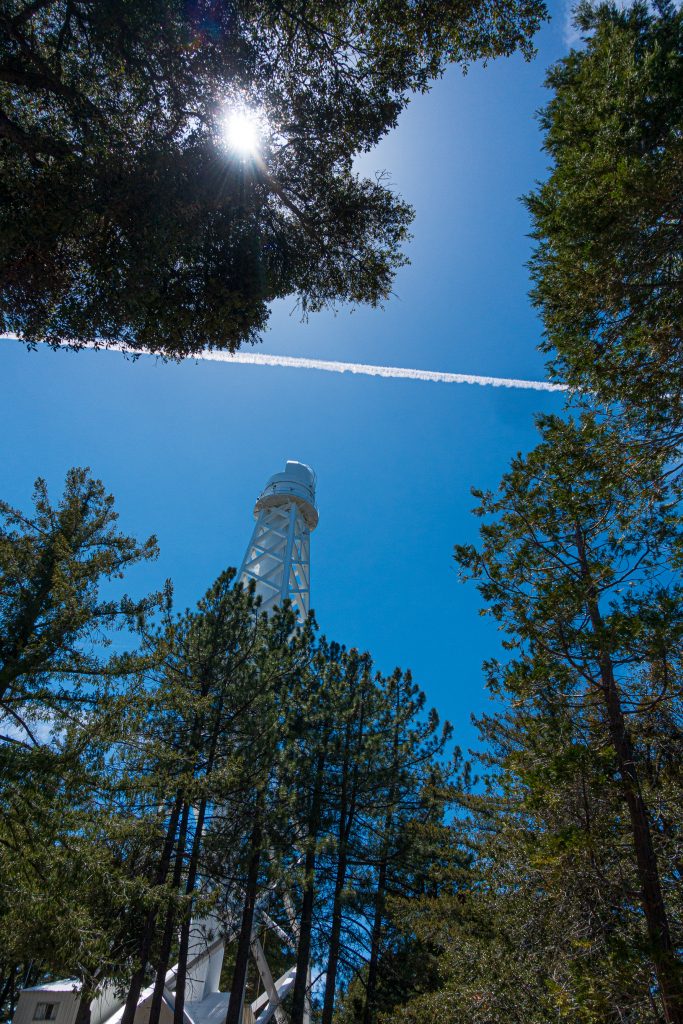
Our guide was Tim, a scientist from CalTech. Tim has been giving tours at Mt. Wilson for 30 years. These are real tours. You get to get inside the domes and touch the telescopes. There is a lot of history here and the guides present it very well. The 60-inch (1.52 meter) Telescope was the largest in the world when it went into service in December 1908.
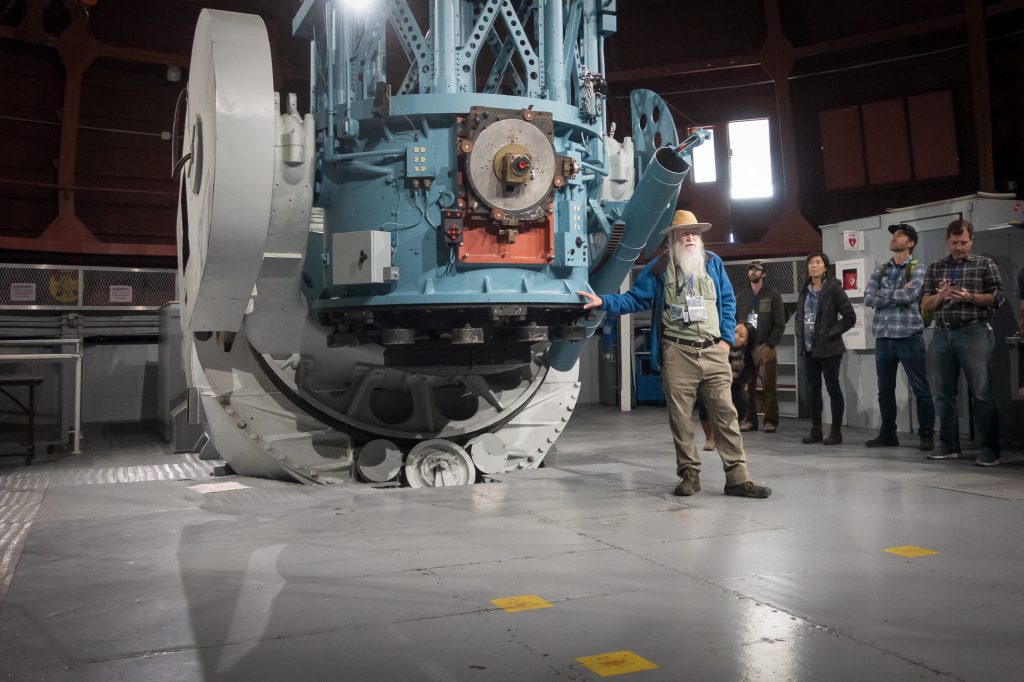
The size and nature of the galaxy and the universe were at the center of debate in astronomy in the early 20th century. The answers were found at Mt. Wilson. A major discovery in this debate was made with the 60-inch Telescope by Harlow Shapley. Shapley had been hired by George Ellery Hale to work at Mt Wilson. Shapley, used measurements of Cepheid variable stars to determine the dimensions of the Milky Way. He determined that it is far larger than previously thought. He also established that our solar system was in a nondescript, off-center position in the galaxy.
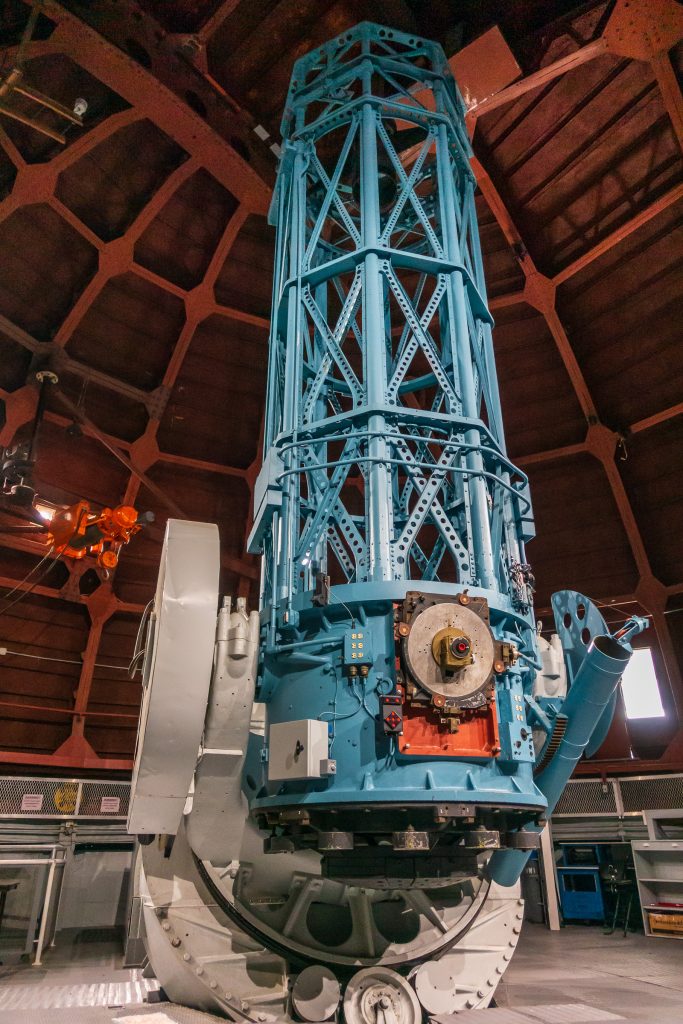
The 60-Inch Telescope was a marvel of engineering and construction. George Ellery Hale, the moving force behind Mt. Wilson Observatory, had a knack for raising money and a determination to build bigger and bigger telescopes. More information and more photographs below the fold.
Continue reading
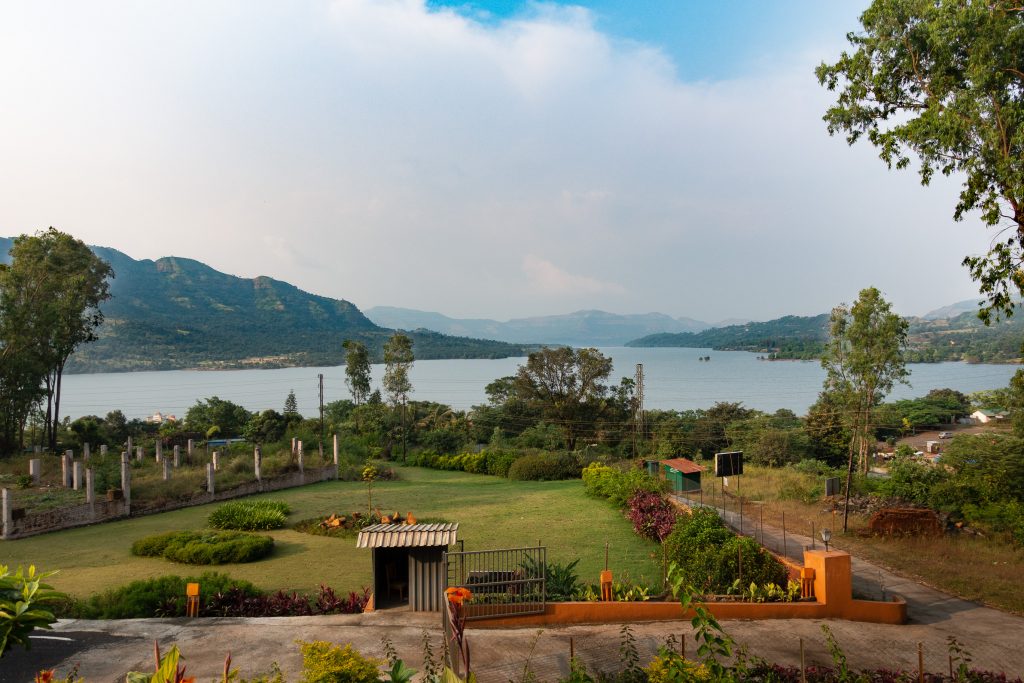
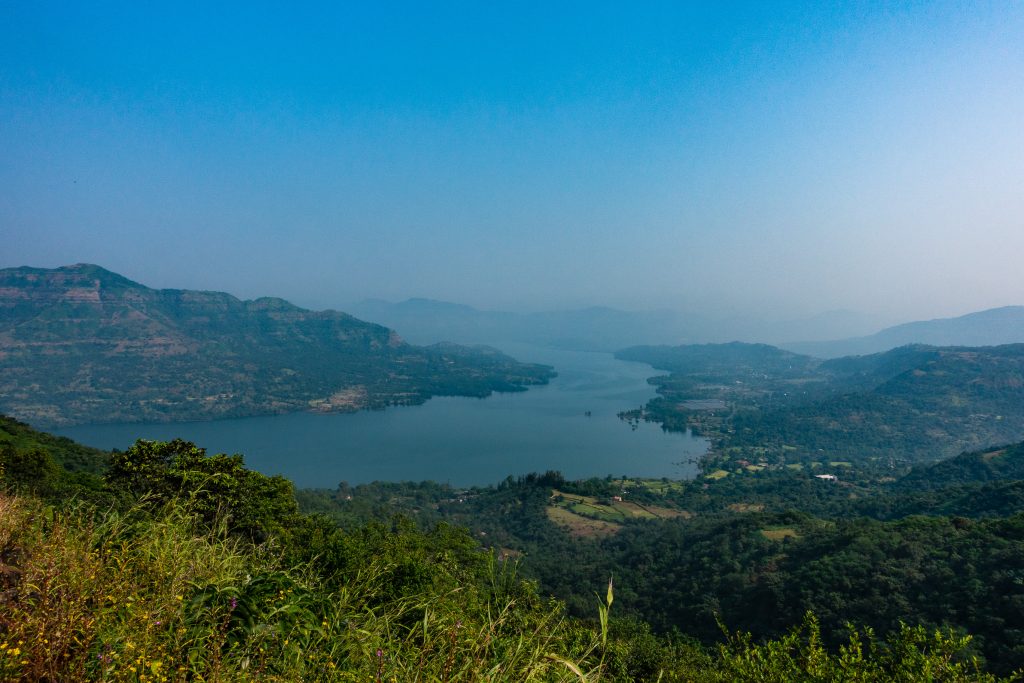
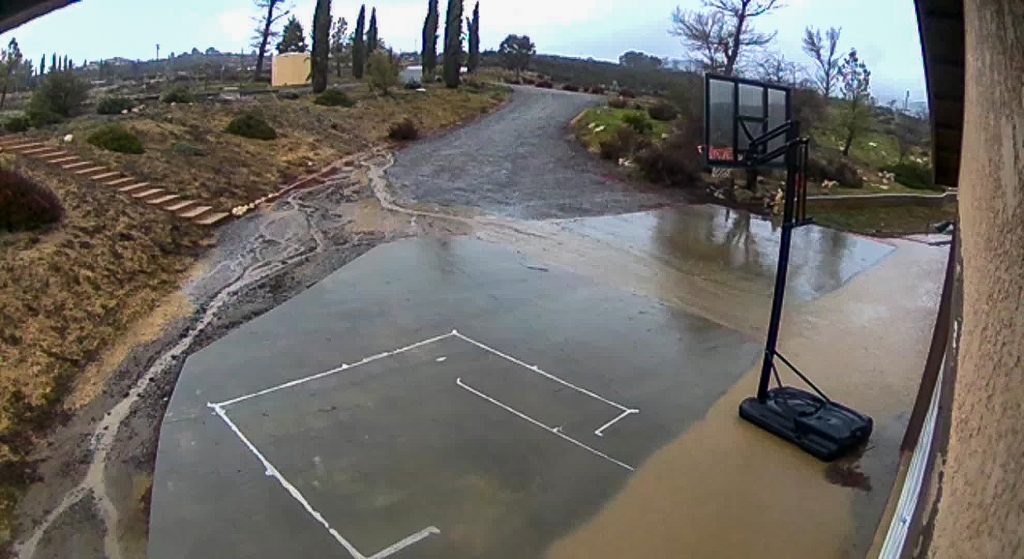
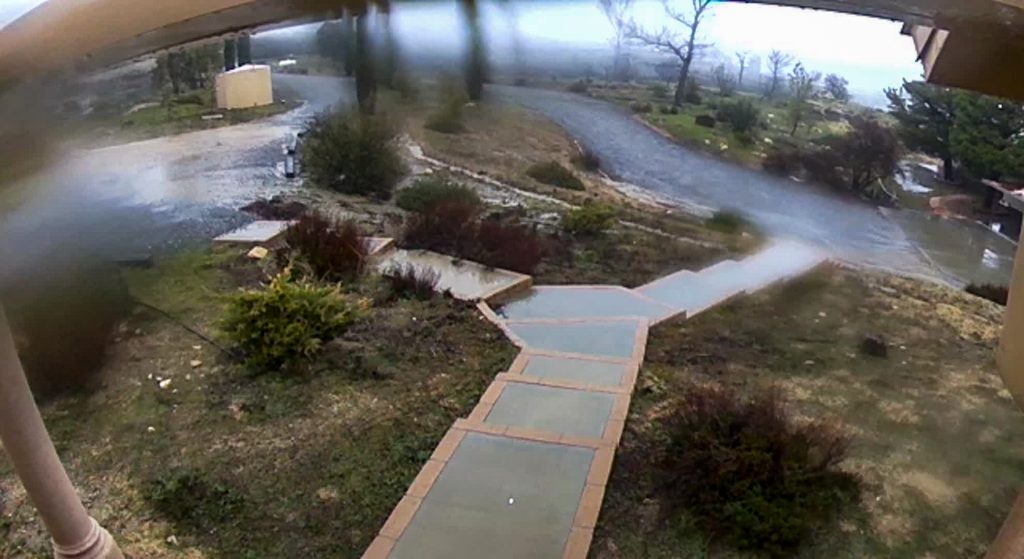
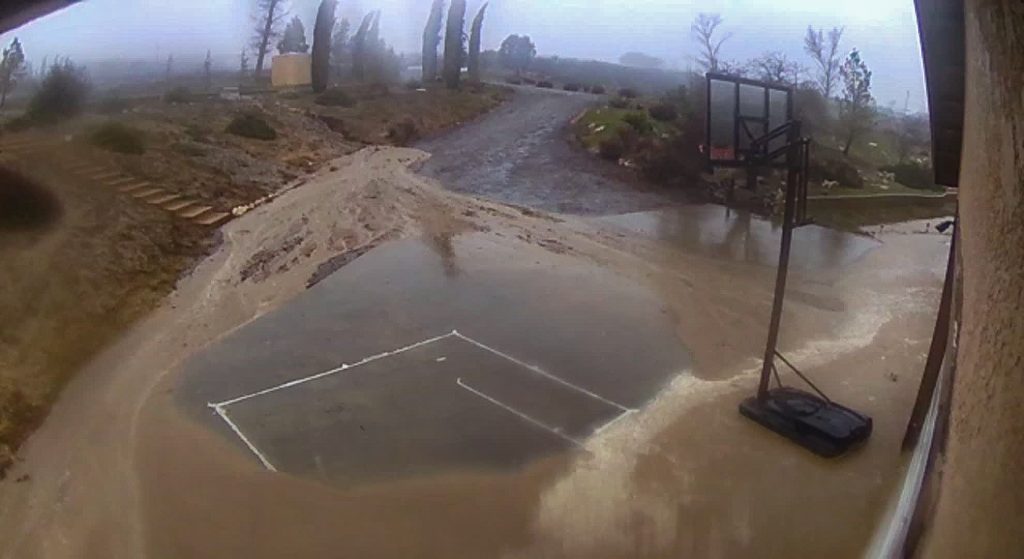
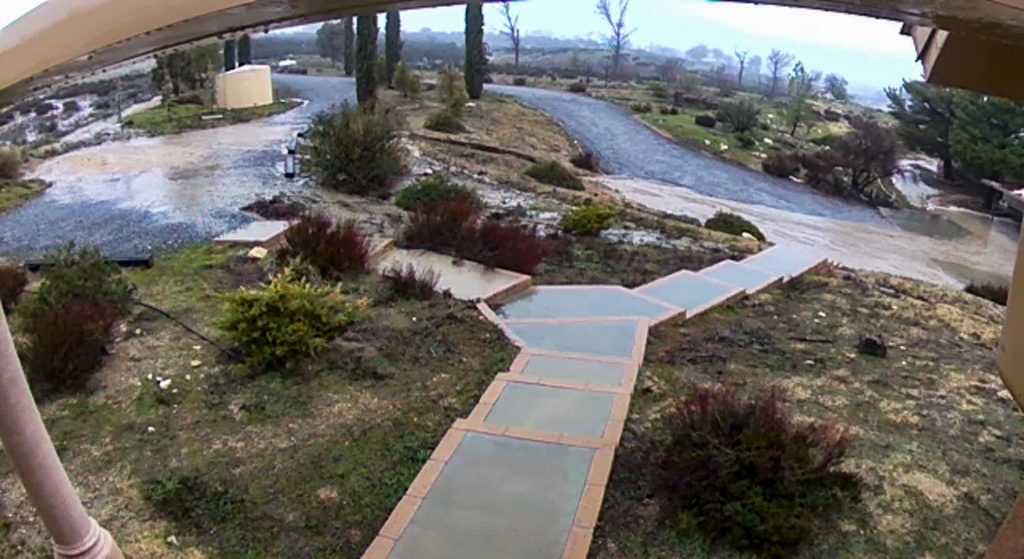
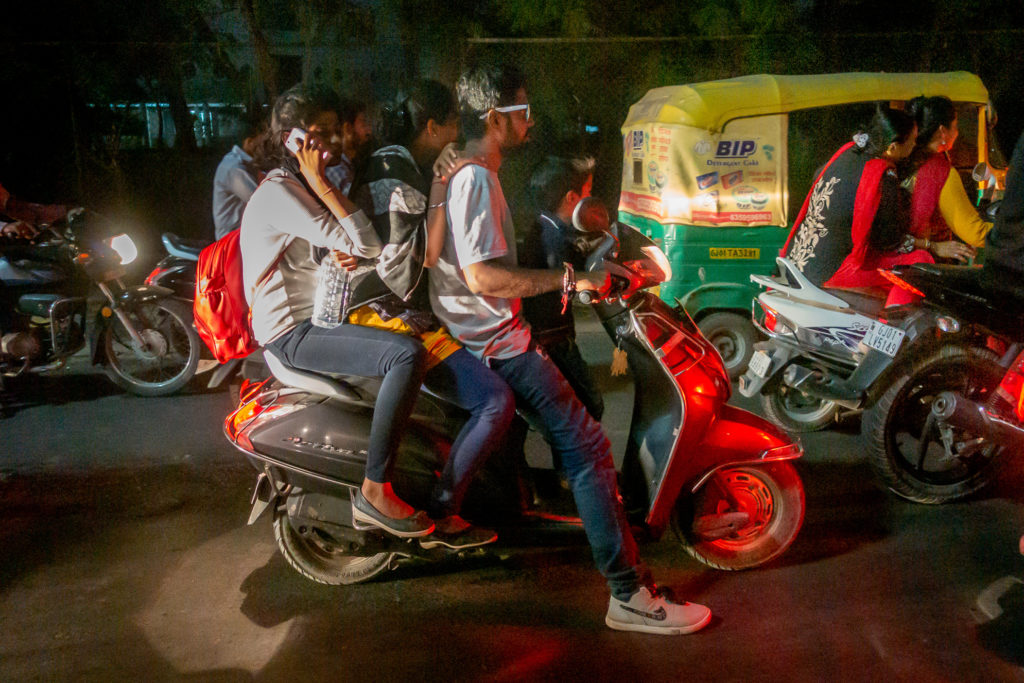
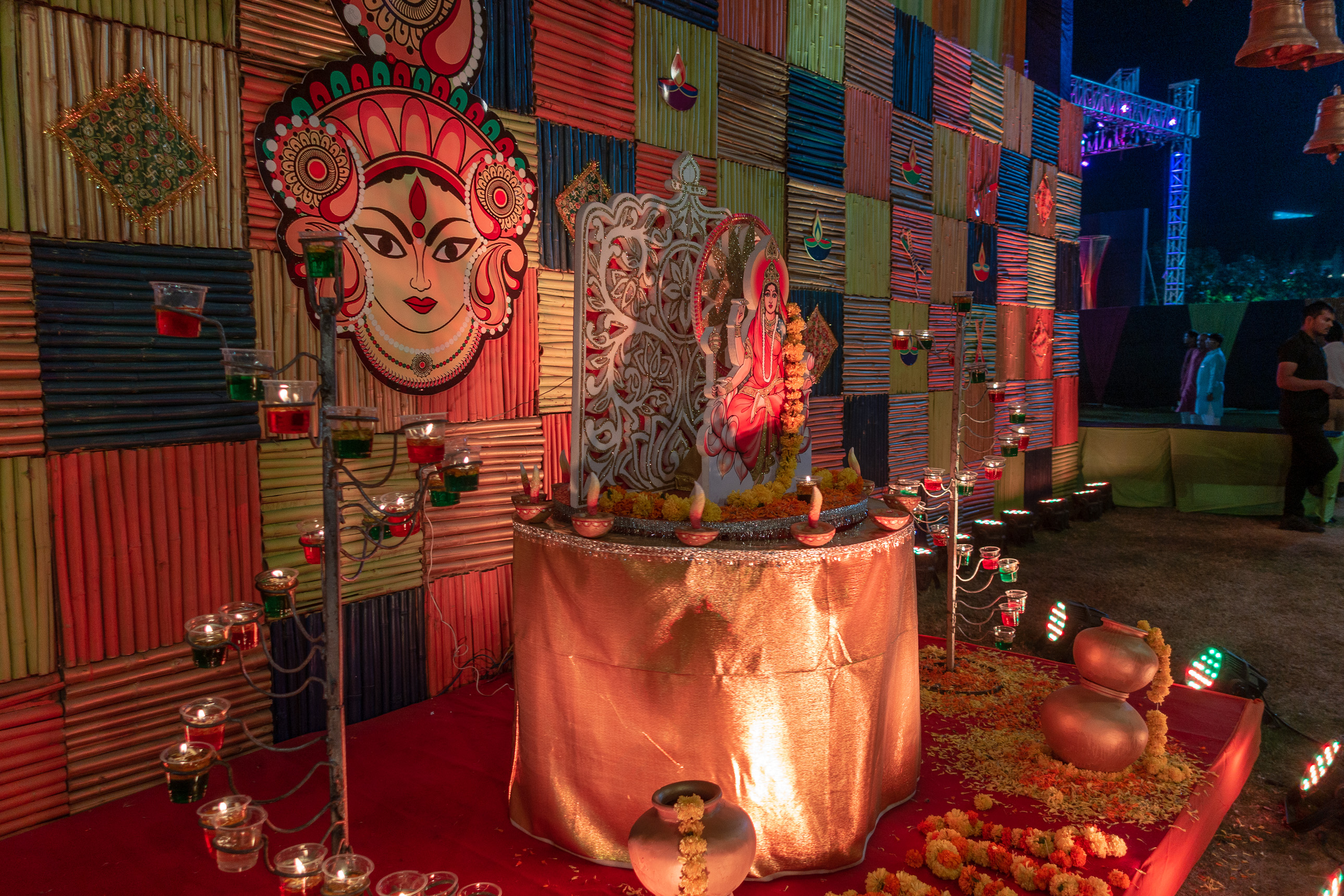
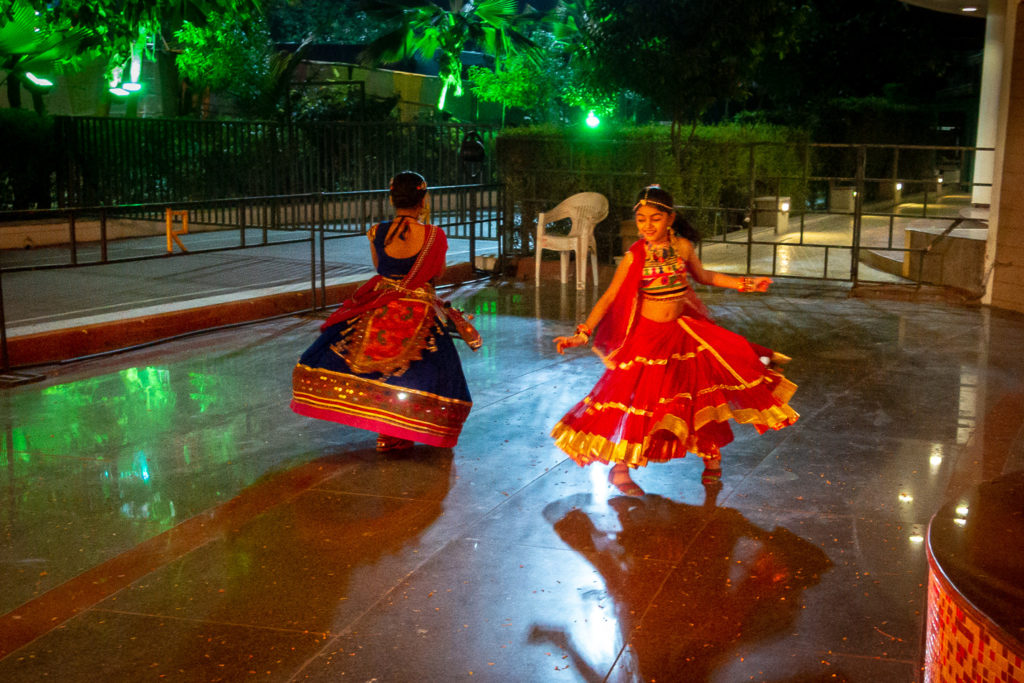
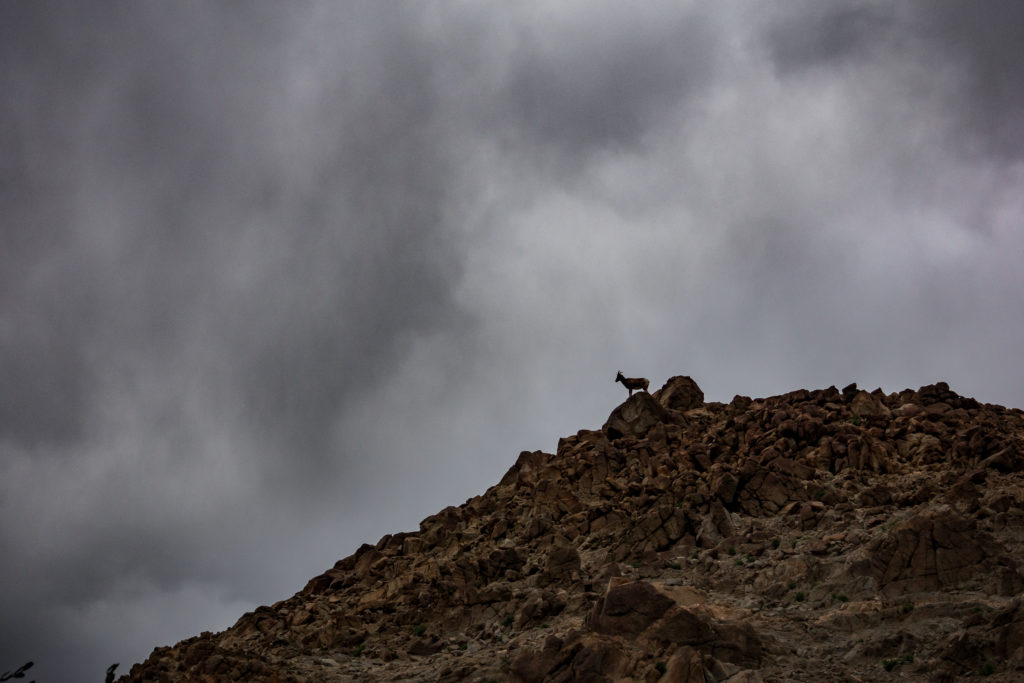

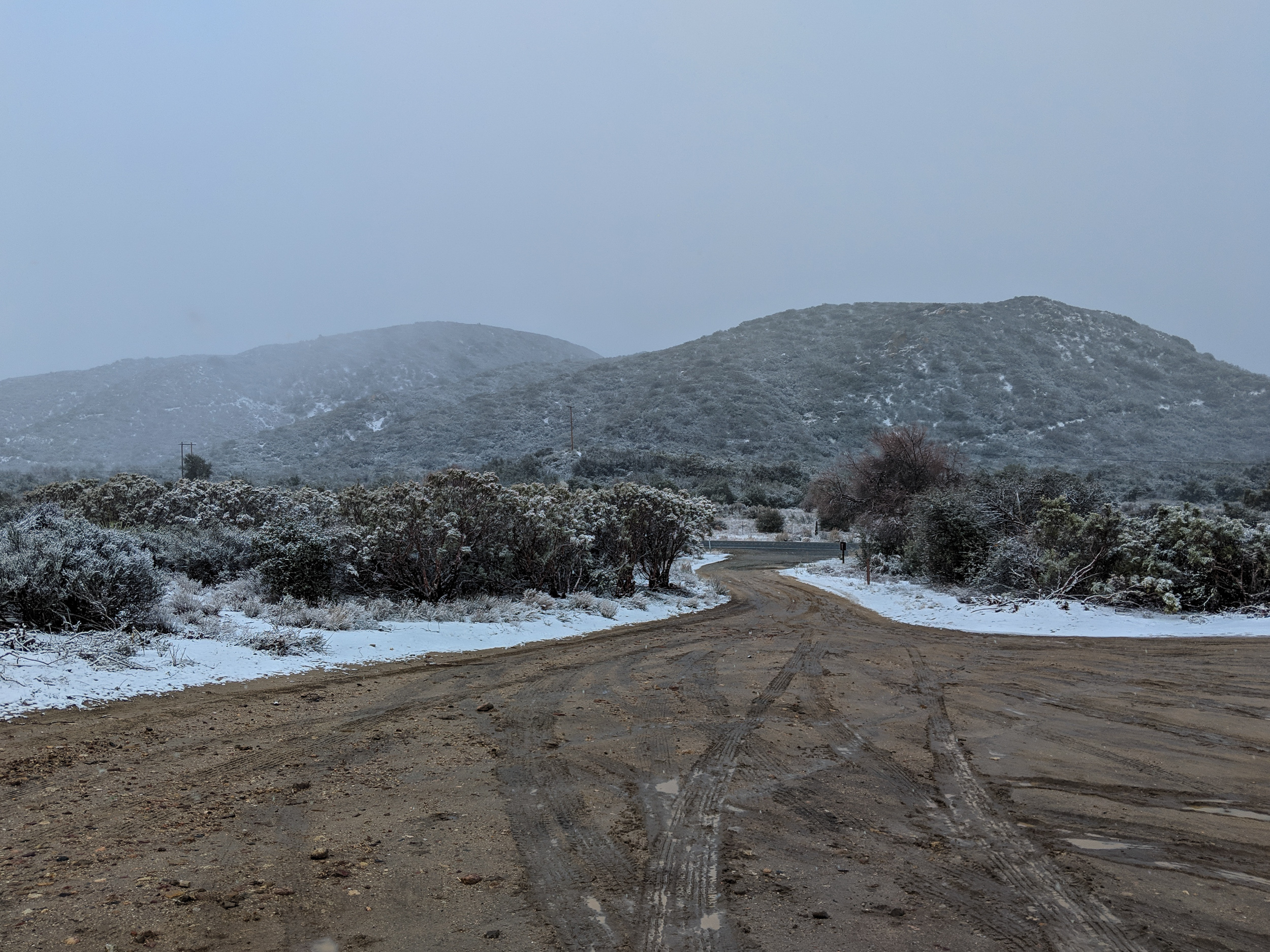
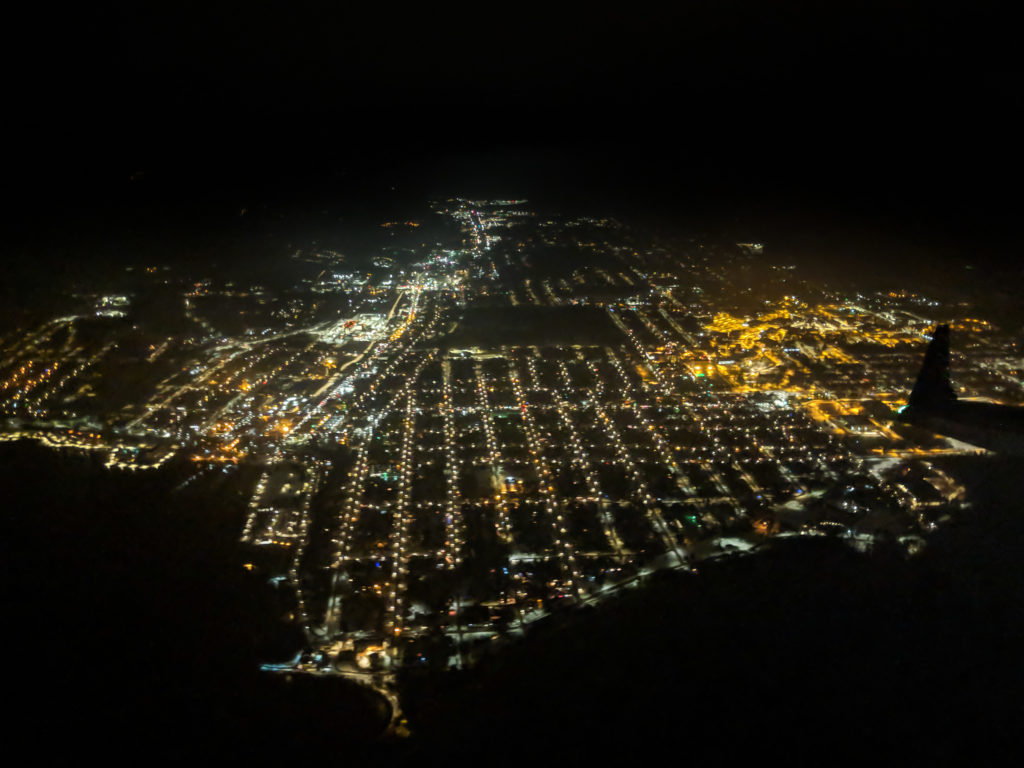
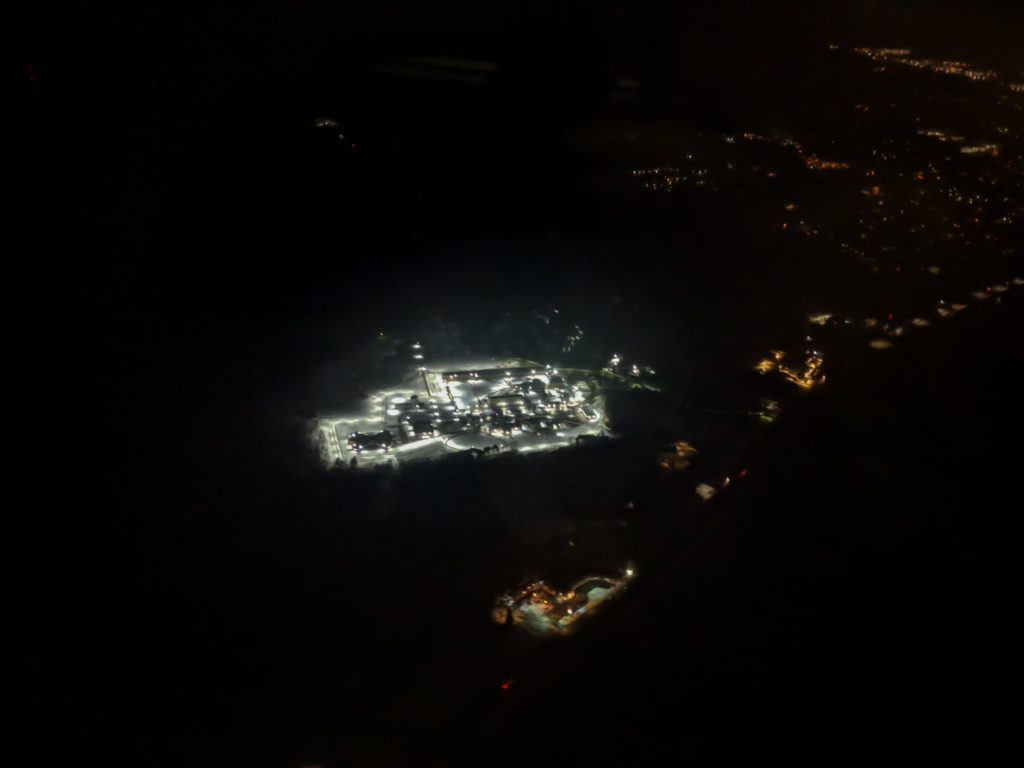
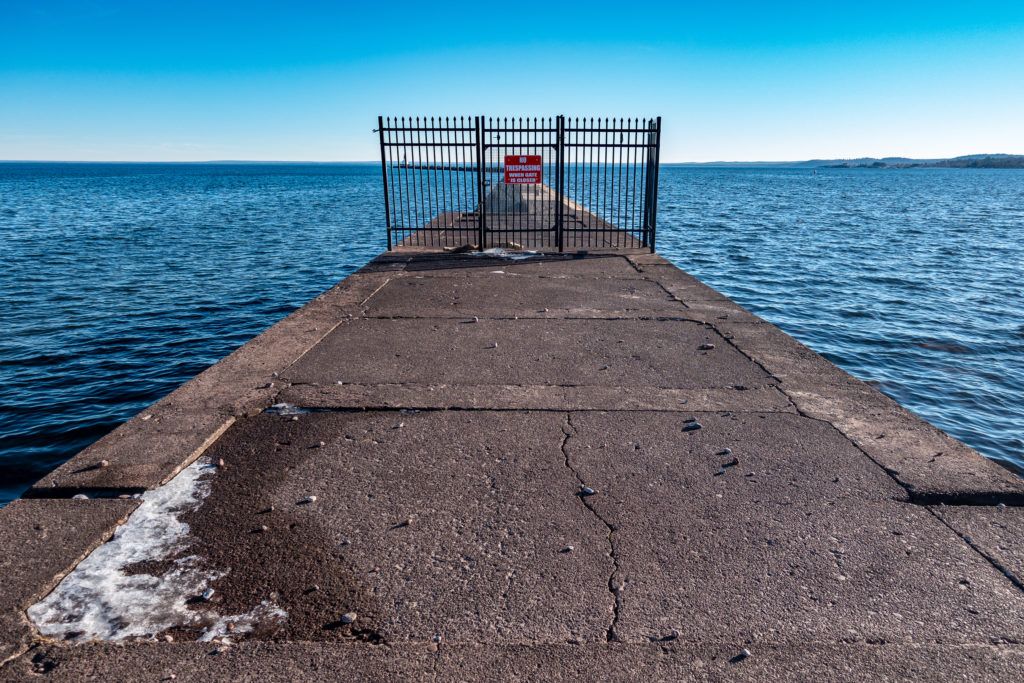
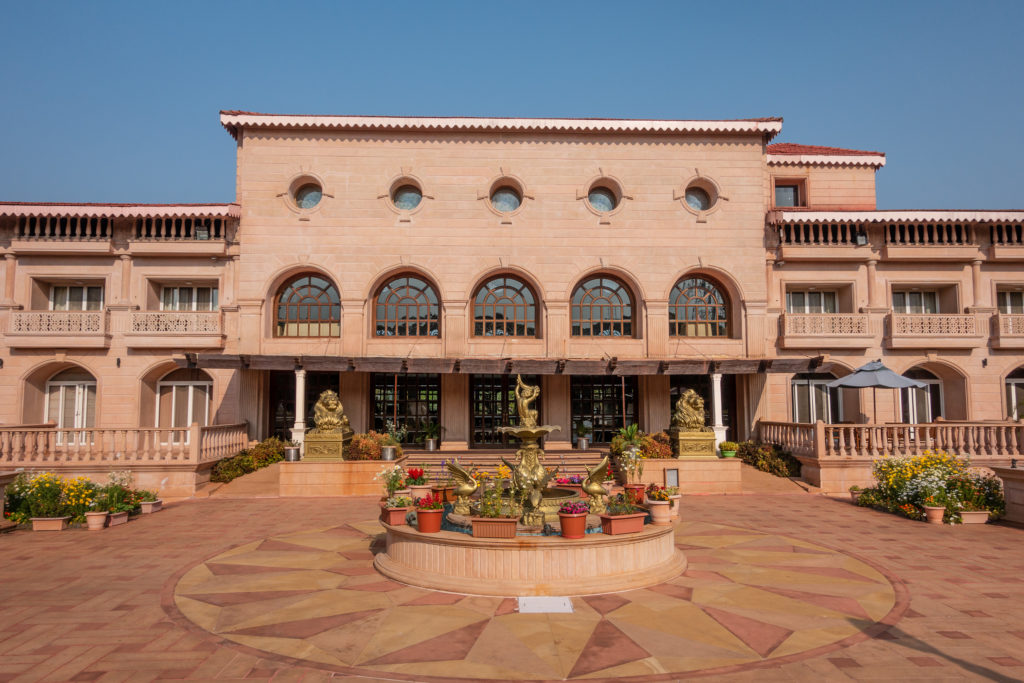
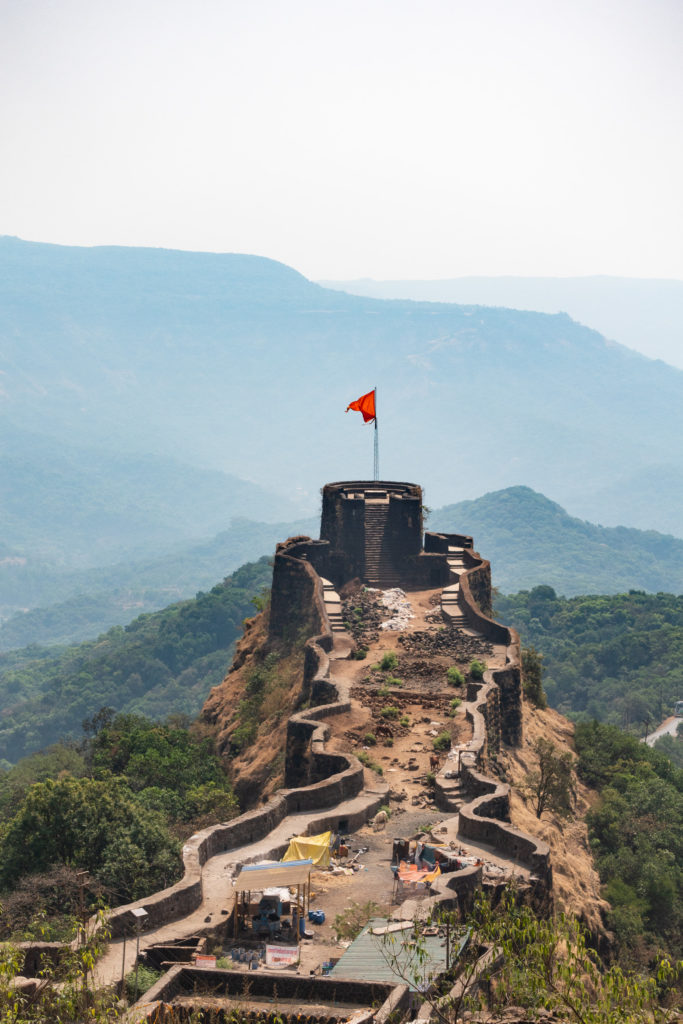
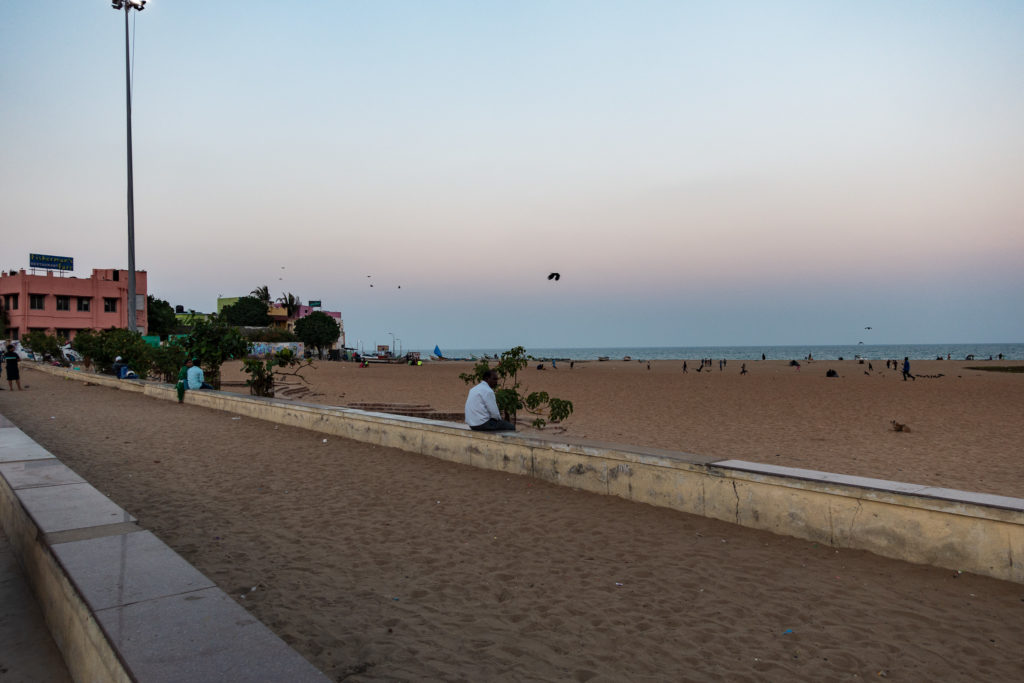
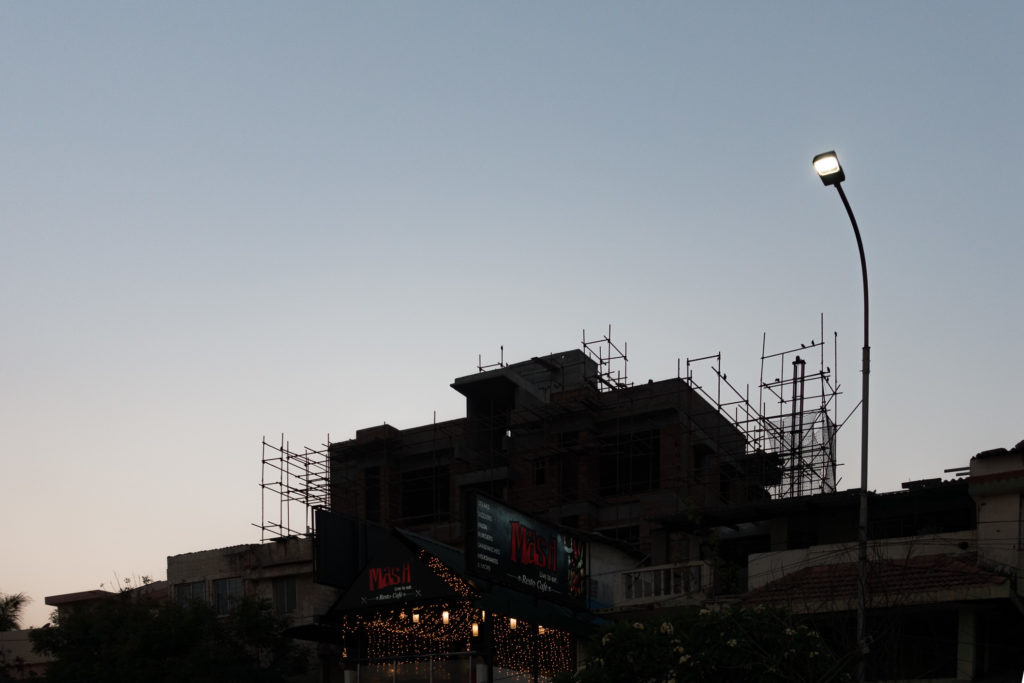
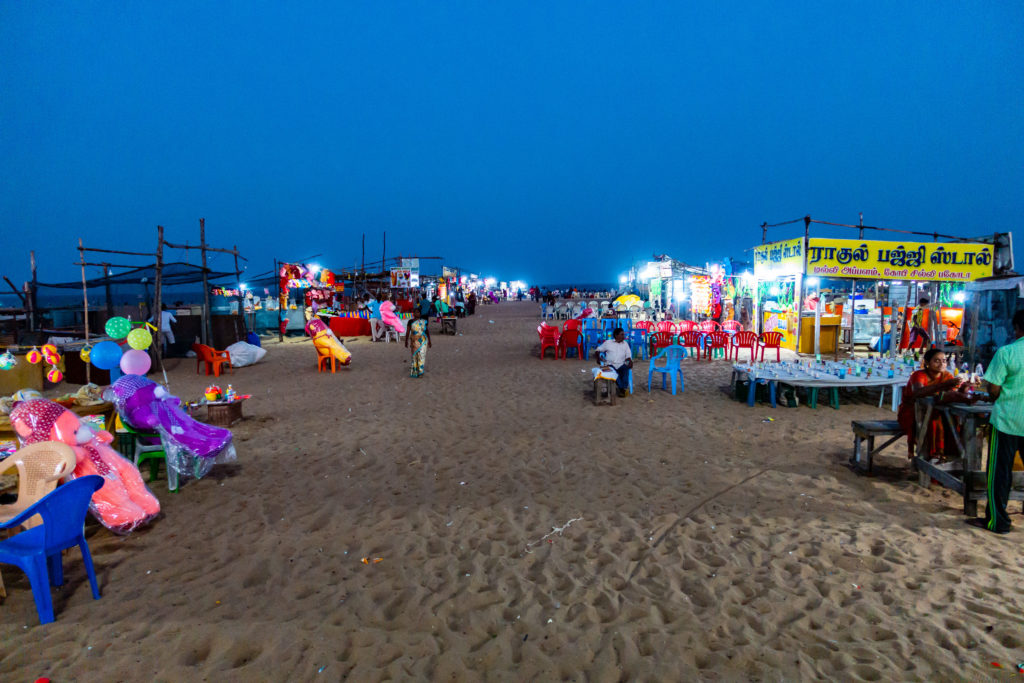
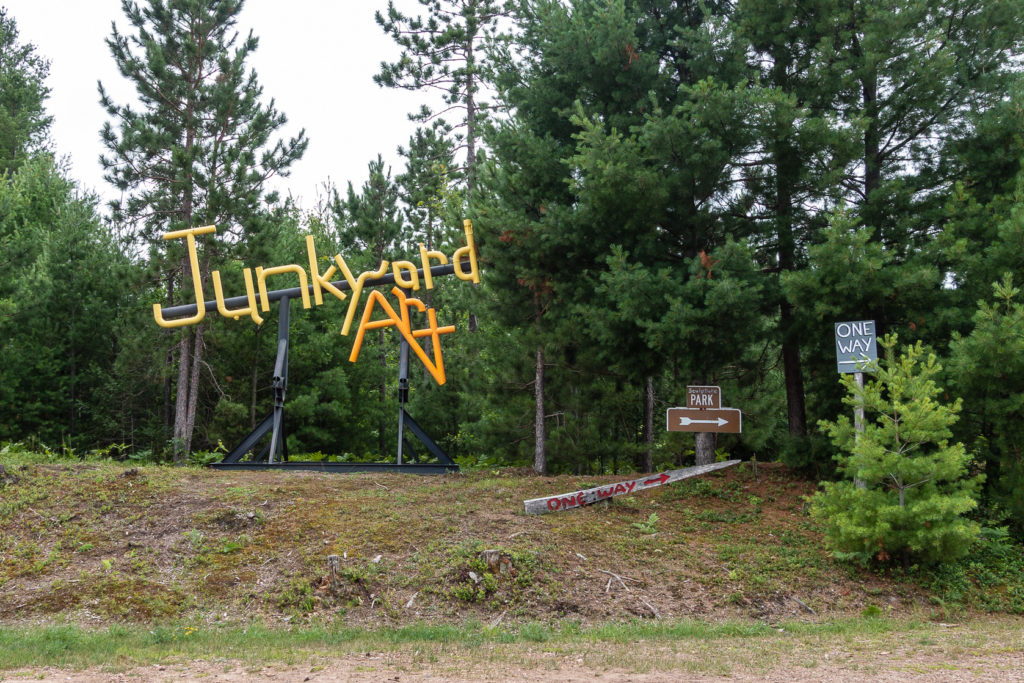
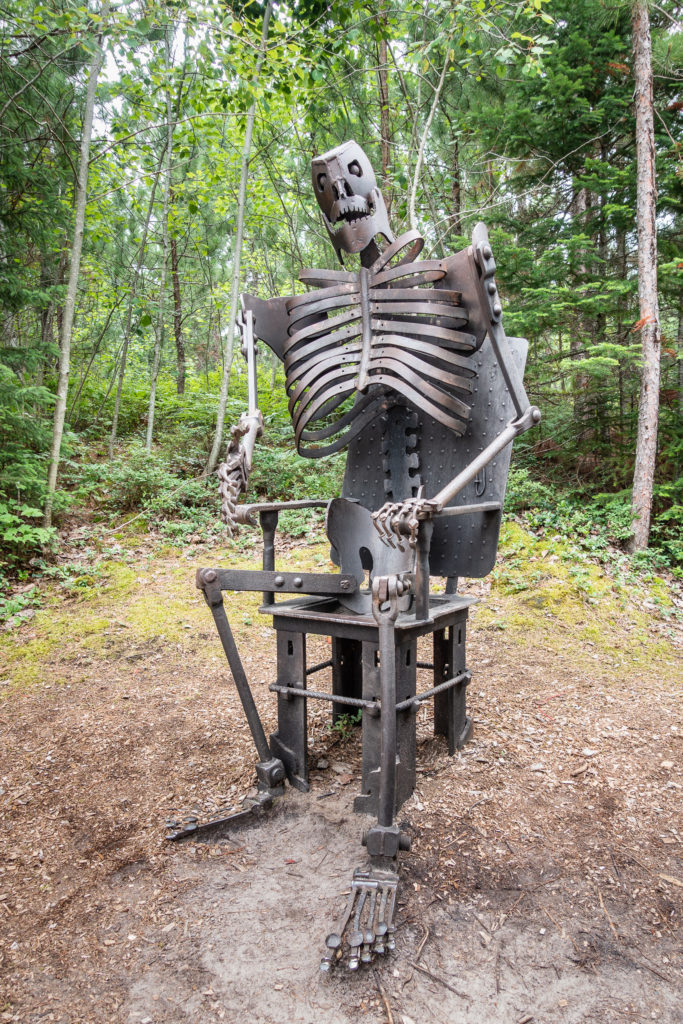
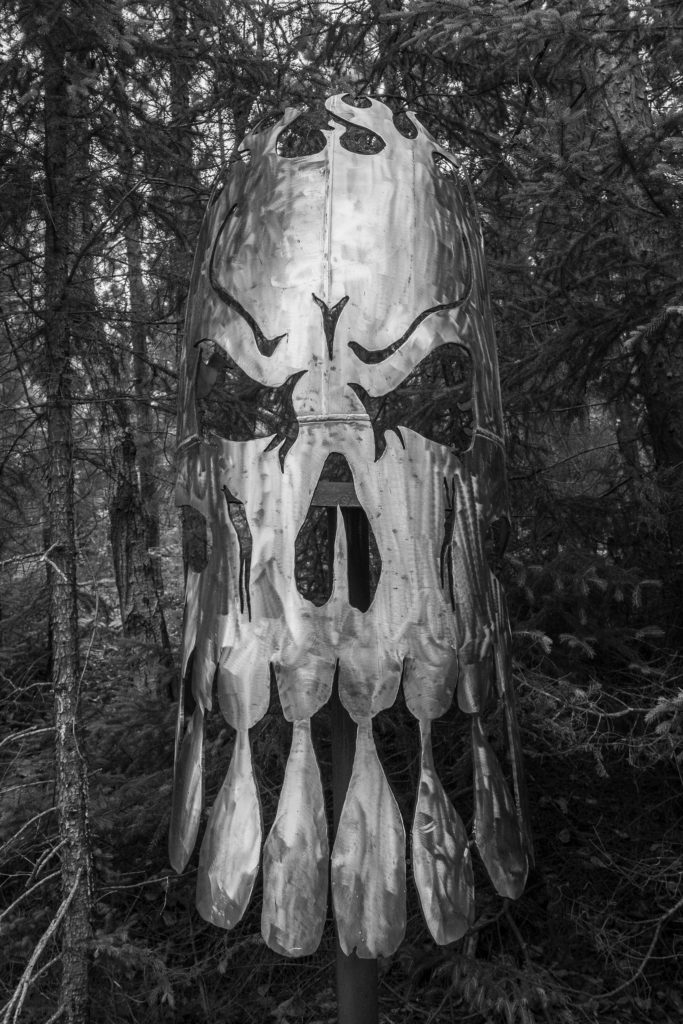
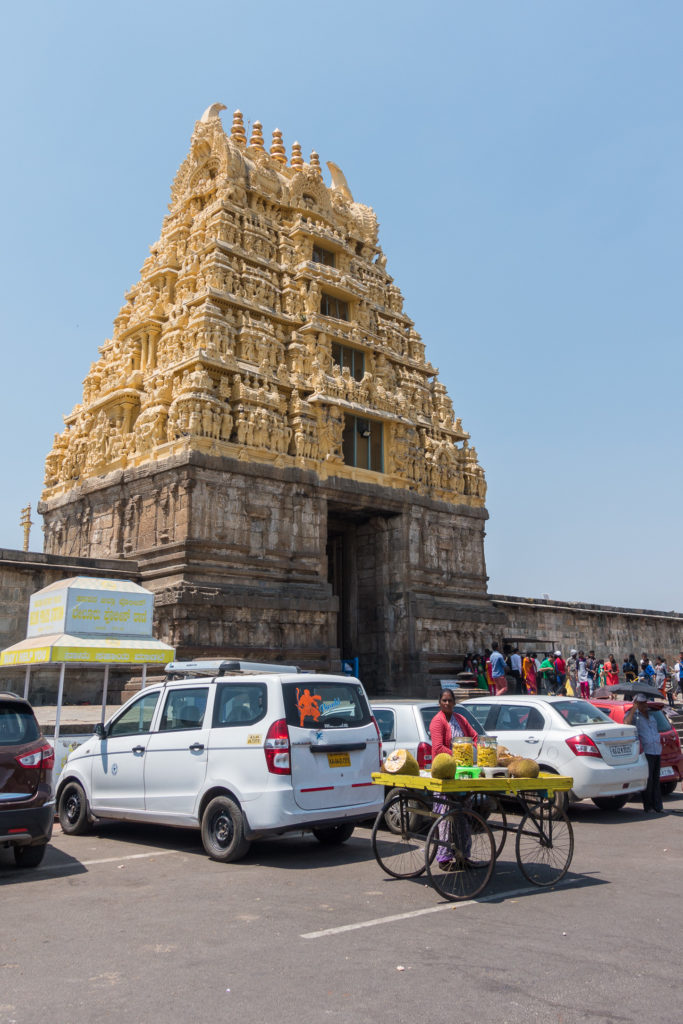
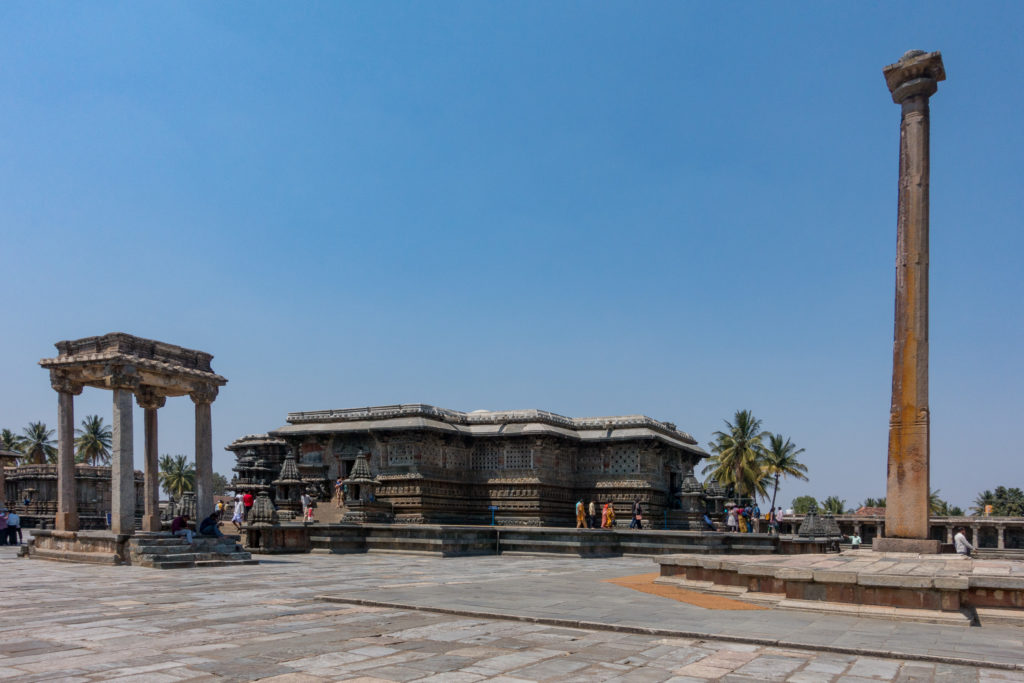
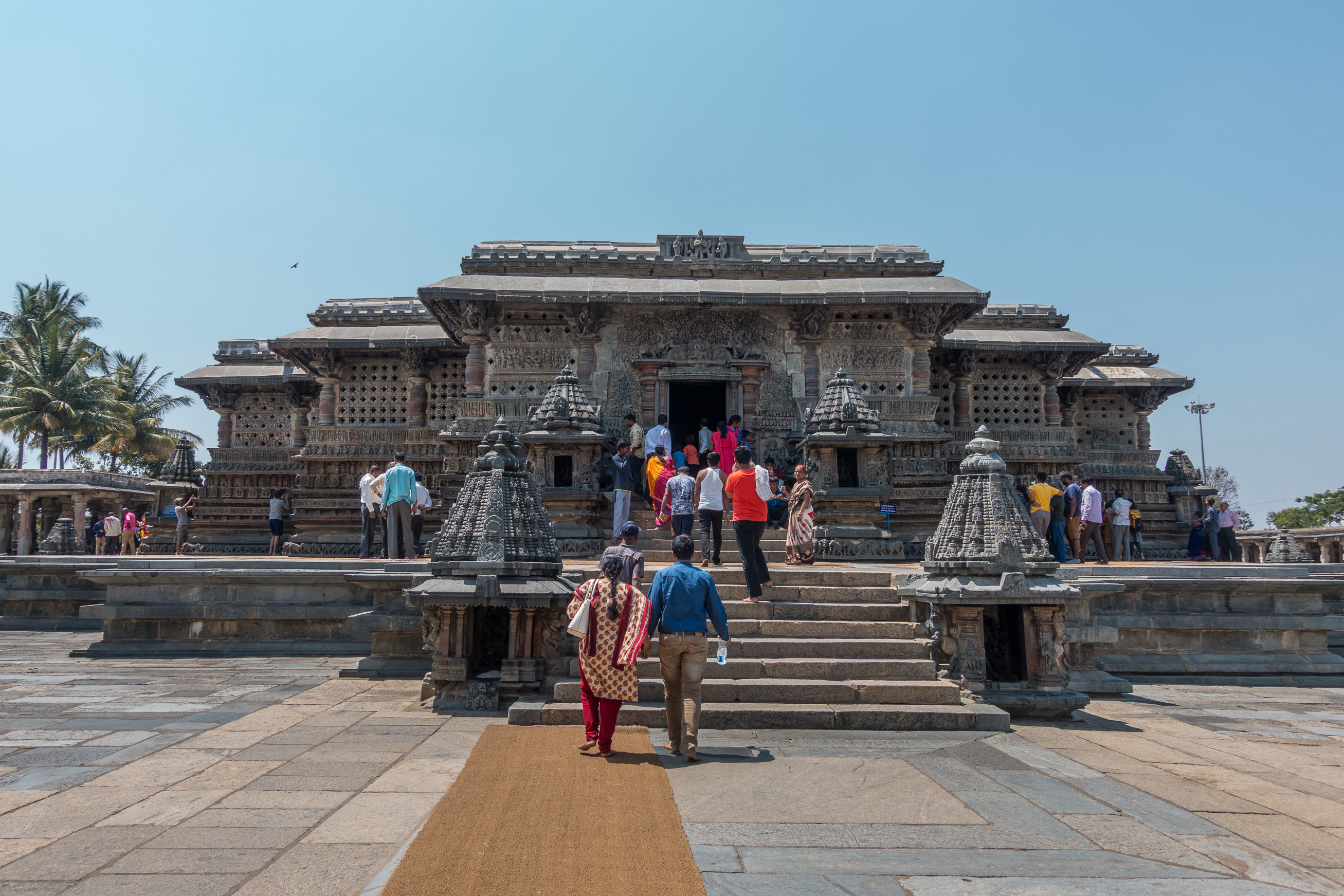
You must be logged in to post a comment.